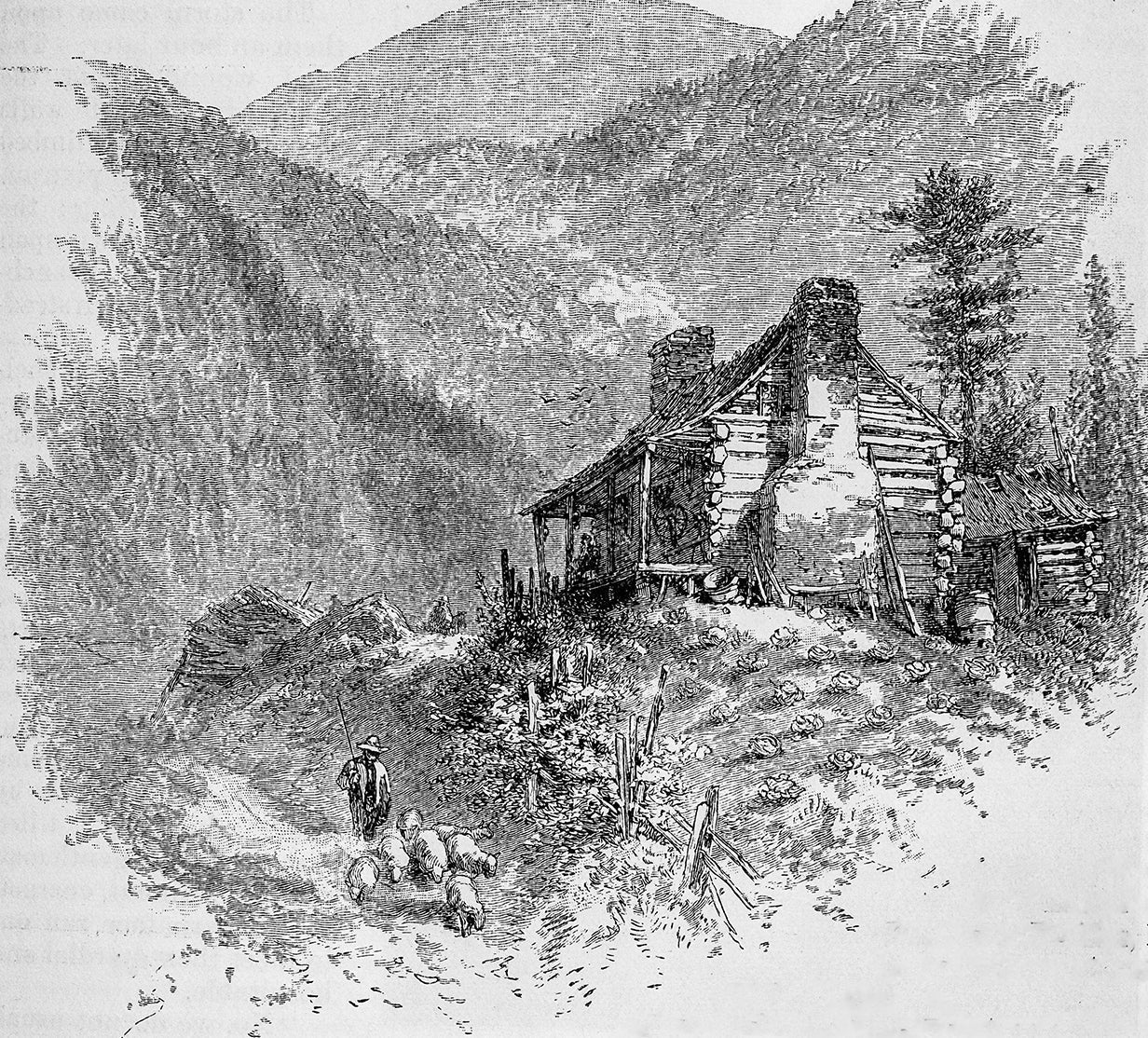I just finished reading the new pop history of American fast food written by Adam Chandler, which made Amazon’s 10 Best Books for July. He tells with anecdotes, trivia, interviews, and wit the history of fast-food and its link to American life for the past century. As Chandler traces its humble beginnings, its innovations, and failures, without specific mention, he also tells the story of my own family’s American Dream.
He starts with the premise that “From its creation to its dominance, fast food is who and where we’ve been. You can trace most of twentieth-century America through fast food…At its most essential, food is what unites us…it’s hard to imagine Thanksgiving without turkey or the Super Bowl without buffalo wings. And, damn, it feels good to light off fireworks on the Fourth of July and demolish a Big Mac every once in a while.”
Ray Goad opened his first restaurant serving Country Ham and Biscuits in an old gas station in 1952. It wasn’t until 1964 that he opened the first Ray’s Kingburger, selling the original 15¢ hamburger. That rang a bell when Chandler reported “… the early decades of fast food were dominated by ice cream and beverage stands in small towns and the suburbs. Until the end of 1965, the big-name chains we know today—McDonald’s, along with Burger King and Kentucky Fried Chicken—were still just getting off the ground, cumulatively hosting fewer than two thousand locations.”
In recounting how the United States had emerged from World War II into decades of unparallel economic growth, he identifies the emergence of fast-food as a major contributor to how many achieved the American Dream. In doing so, he also retells the Ray Goad Story:
“Held together along with figures like Ray Kroc, Harmon Dobson, and Harland Sanders, this class of fast-food founders comprise an impressive, intergenerational consortium of self-made entrepreneurs. Imbued with the Protestant work ethic by which America is still defined and critiqued, they mainly flourished in the wake of an unmatched stretch of national economic fertility. In a way that’s telling and now seems heroic, the founders of American fast food also had a lot in common. Overwhelmingly, they came from hardscrabble roots, knew hunger as children, committed to some form of wartime national service, worked countless blue-collar jobs, and generally didn’t triumph until well into middle age.”
In fact, just like Ray and Geneva, “In its infancy, the fast-food industry…from founders and franchisees to cooks and customers, it was an industry of literal moms and pops.”
The Rays Kingburger chain quickly expanded to about fifty restaurants between 1964 and the mid-’80s. This growth matched the industry expansion with Chandler reporting that “…between 1976 and 1986, the number of fast-food restaurants in the United States would triple.”
However, what Chandler does not tell in his book is that in 1972 the public records show that Rays Kingburger boldly expanded into Eastern North Carolina. Hardees was already well established there and was headquartered in Rocky Mount, NC. When the Rays expansion at first seemed to falter due to the Hardees home-court advantage, Ray Goad, the veteran Navy poker player, dealt himself a new hand.
Against the limited menu arguments of his son and everyone on the Rays team, he threw the fast-food limited menu out the drive-thru window and opened for breakfast featuring the biscuit sandwich with sausage and Country Ham. In doing so, and with necessity as the mother of invention, Ray Goad originated one of the most successful fast-food innovations since the McDonald Brothers came up with “speedy service.”
Hardees was forced to follow Rays Kingburger and open for breakfast. Hardees had already expanded into the North East where they were in more direct competition with McDonalds that when the infamous Egg McMuffin first appeared.
Chandler tells that “Long before the Egg McMuffin became the national breakfast sandwich, a McDonald’s franchisee named Herb Peterson, loved eggs Benedict…In the early 1970s, Peterson cracked the code by cooking eggs in a custom-built Teflon ring instead of poaching them, and in a stroke of genius, he replaced hollandaise sauce with a slice of good old, ready-to-melt, goddamn American cheese…”
The rest is history, but history made in part by Ray Goad. Chandler reports that “By 1985, the McMuffin comprised 15 percent of the annual (McDonalds) company sales. And in 1987, roughly 25 percent of all breakfasts eaten outside American households were served by McDonald’s.” That percentage must be even higher today, with McDonalds Biscuit sandwich outselling the McMuffin, and Hardees and Bojangles featuring Rays original Country Ham Biscuit sandwich for breakfast.
“Between 2002 and 2007, for example, the number of McDonald’s locations that operate twenty-four hours a day grew from 0.5 percent to 40 percent; meanwhile, a majority of franchises extended their core hours to accommodate very early mornings and very late nights.”
You can’t eat at a Rays Kingburger restaurant today, but you can find a Biscuit Sandwich at any fast food restaurant a few blocks from your home all across the USA. Ray Goad was a true Fast Food pioneer. And Adam Chandler wrote a damn good book! Thank you, Adam.
Chandler, Adam. Drive-Thru Dreams. Flatiron Books.




